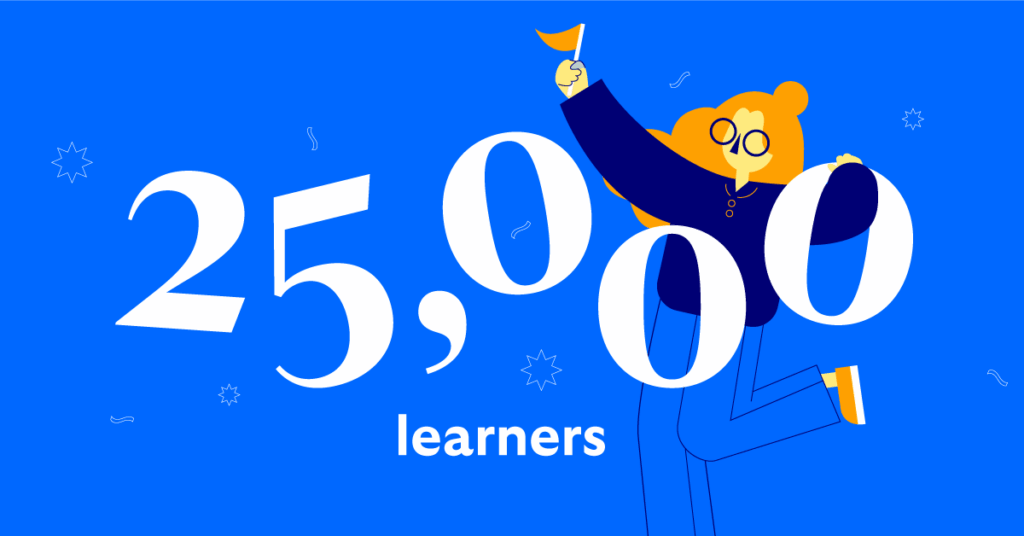Multimedia is unlocking learning for ESOL learners

Learning about a topic in a second language isn’t just about picking up new concepts – it’s about doing so while decoding a language that might not feel natural yet.
For ESOL (English for Speakers of Other Languages) learners, this double challenge is often overlooked in traditional learning programmes. Add in fast-paced lectures, cultural references, and unclear pronunciation, and it’s no wonder the learning experience can quickly feel overwhelming.
But here’s the good news, with the right tools, this doesn’t have to be the case. Let’s explore why these challenges exist and how multimedia can be a game-changer for ESOL learners.
The Hidden Struggles of Learning in a Non-Native Language
Ever tried solving a puzzle while reading the instructions in a language you’re still learning? That’s what it feels like for ESOL learners navigating complex subjects like accounting or law.
This struggle ties back to something called Cognitive Load Theory. In simple terms, our brains have a limited capacity for processing information at any given moment. If too much is thrown at us, our memory and understanding take a hit.
For ESOL learners, the cognitive load is amplified. Take Paulina, an apprentice studying at Harlow College. While watching an accounting video, she struggled to catch a key term due to pronunciation differences. Thankfully, having access to a transcript meant she could double-check the term and move forward with confidence.
“I listened to that (the video) again and I still couldn’t catch it, so I actually went into the transcript. I was actually surprised it was pronounced that way, I think it was the technical word for something and the way it was pronounced I would be looking for a different word.”
How Multimedia Levels the Playing Field
So, how do we ease this cognitive burden? The answer lies in designing learning experiences that help ESOL learners not just keep up but thrive. Multimedia tools are game-changers here.
- Subtitles and Transcripts
Subtitles and transcripts aren’t just convenient – they are lifesavers for ESOL learners. They help bridge the gap when accents, technical jargon, or unfamiliar grammar get in the way.
In a recent survey of learners at Mindful Education, the impact was clear:
– 89.4% said subtitles helped them grasp key concepts
– 90% said transcripts made lessons clearer
And it’s not just anecdotal. There’s also solid research that backs it up. Over 100 empirical studies show captions boost comprehension, focus, and memory retention, especially for non-native speakers.
- Video Content
Videos bring learning to life. According to the Cognitive Theory of Multimedia Learning combining visual and verbal information allows learners to split the cognitive load across two channels – making it easier to absorb and remember.
One learner studying AAT Level 4 at Birmingham Metropolitan College said:
“With my level of English, I wouldn’t pass the course just by attending lessons. I need to rewatch videos and see real-life examples to fully understand concepts and improve my writing.”
This is further supported by the Dual Coding Theory, which also suggests that pairing visuals with text or narration helps learners retain information better.
At Mindful Education, we take this a step further with animation. Why? Because animations are especially effective at illustrating abstract concepts, demonstrating processes, and showing dynamic changes in a way static images or plain text can’t. Whether it’s illustrating a complex accounting concept or breaking down a legal principle, animations transform the learning experience – helping learners grasp and retain information more effectively.
The Perfect Blend: Multimedia and Face-to-Face Learning
While multimedia tools are incredibly effective, it’s all about balance. At Mindful Education, we combine the flexibility of multimedia with the interpersonal benefits of face-to-face teaching. This ensures learners have the tools they need to study at their own pace while still developing essential skills like teamwork and communication.
By using multimedia thoughtfully, we can create an inclusive learning environment where ESOL learners can thrive – making the challenges of learning in a second language not just manageable but empowering.
Multimedia isn’t just a tool, it’s a bridge. A bridge to better understanding, greater confidence, and a brighter future. For educators, it’s the ultimate cheat code for inclusive teaching. And for learners, it’s proof that language barriers don’t have to hold you back. Because, with the right support, ESOL learners aren’t just learning, they are excelling.




